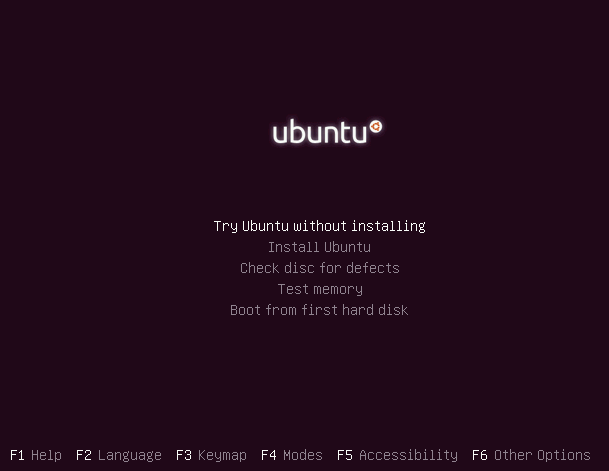
I have only tested these instructions with Secure Boot turned off. Below is a selection of problems that got me moderately stumped along the way.

Given enough experience and patience you can work around them. Nowadays, in the interest of security, performance and backwards compatibility, there are many semi-hidden options and features which can get in your way. Having a dual- or multi-boot system isn't as straightforward as it used to be a decade ago. You are going to make changes to your computer.

Remember to take backups of all your critical files and folders before continuing. Windows System Repair Disc (a bootable USB drive with Windows recovery tools which you can make yourself) or a Windows installation or rescue CD-ROM / DVD-ROM.Very easy to create using Rufus on Windows. For those of you worrying about performance, the USB 3.0 port is faster than the maximum transfer rate of any SSD I've seen to this date. I used a USB 3 drive enclosure with a cheap 256Gb SSD.
#Install ubuntu from usb drive portable
It is tough, but I'm writing this from my portable Ubuntu Linux installation running off a USB-attached SSD! What you need

Moreover, all the preparatory work has to be performed using a single-boot Windows computer without ending up having a dual boot system. That entails having the Linux installation on an external, USB-attached hard disk drive which can boot with relative ease on any UEFI-enabled PC (driver compatibility notwithstanding). Moreover, a decent, up-to-date, bootable Linux environment is a great backup in case all of my other computers are broken, infected or stolen. Sometimes a virtual machine won't cut it for me typically due to memory, disk and performance limitations. I regularly have the need to try things out on Linux.


 0 kommentar(er)
0 kommentar(er)
